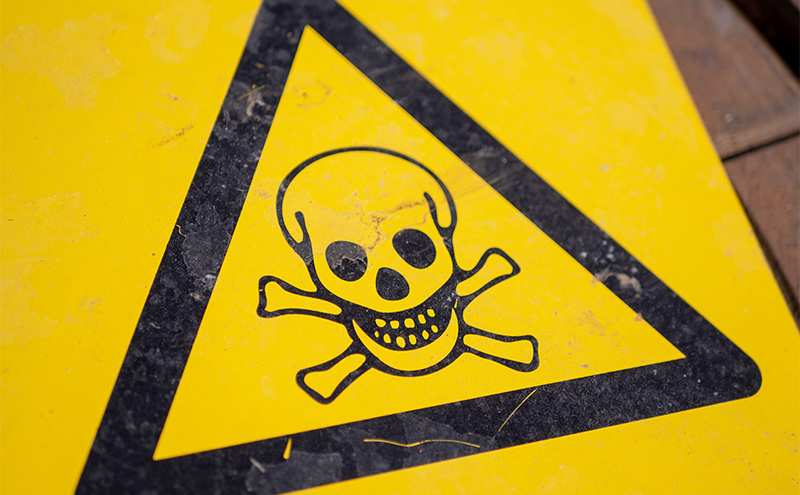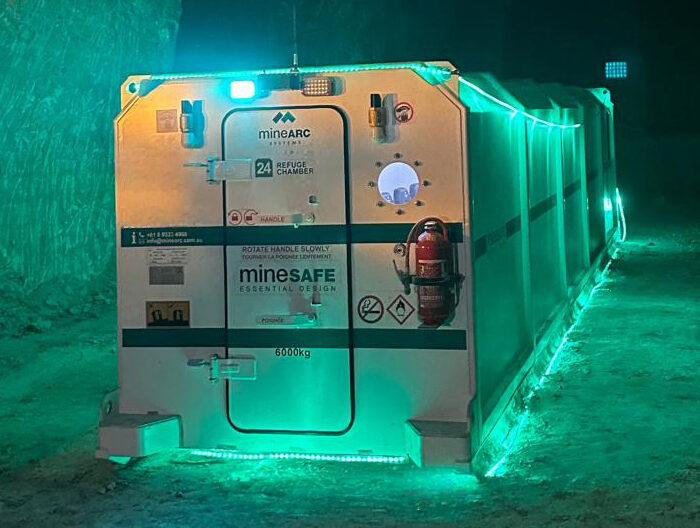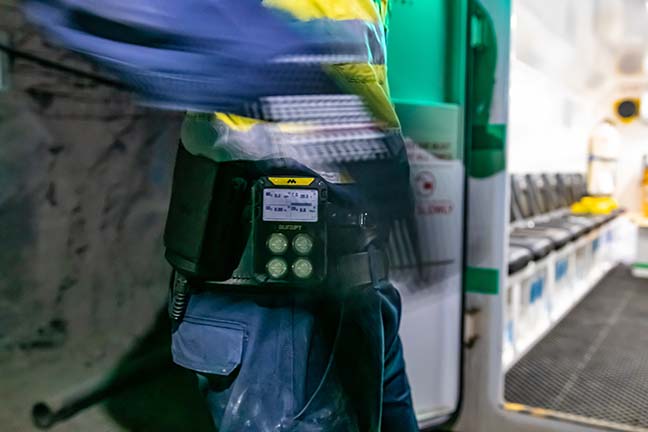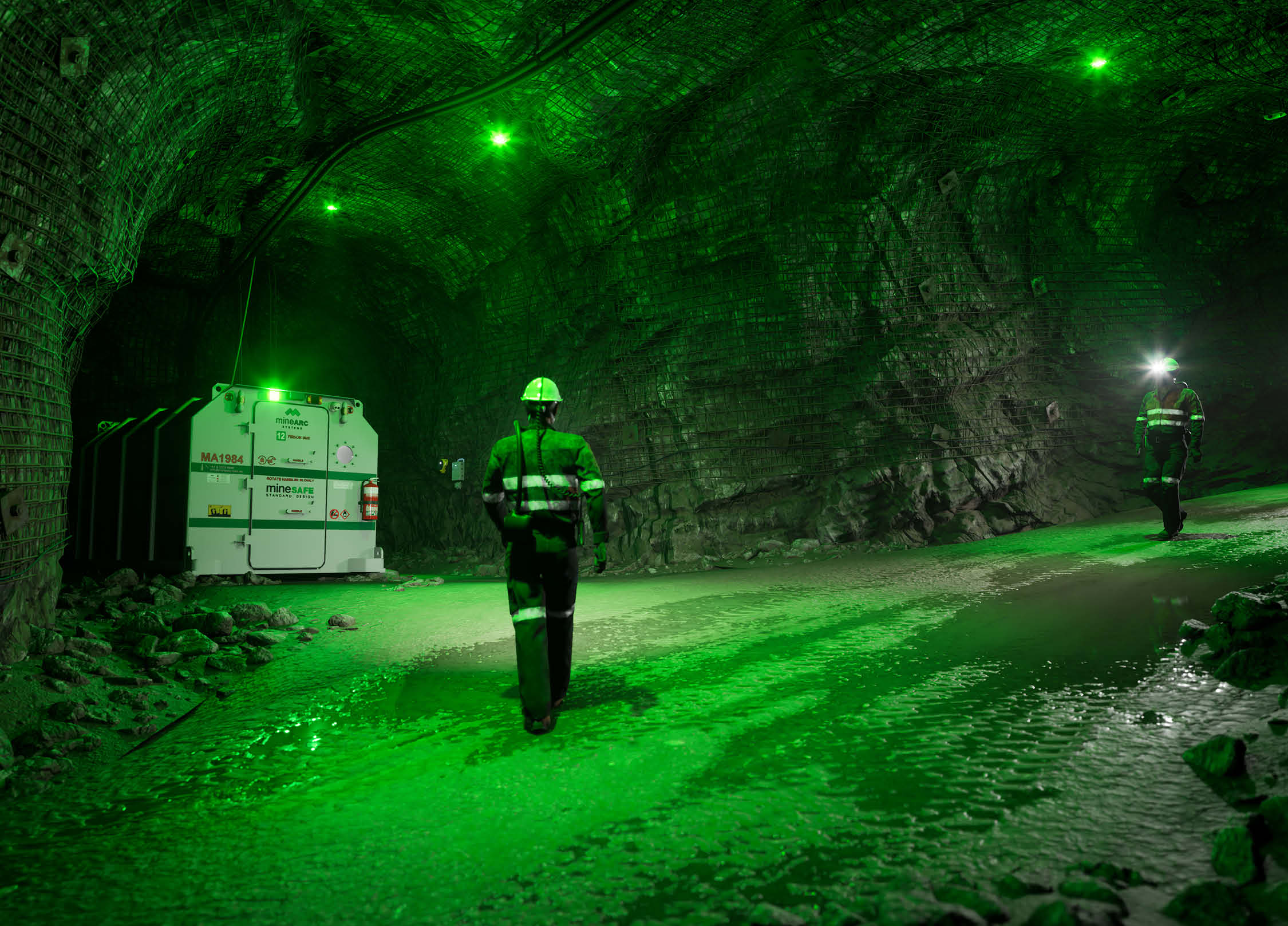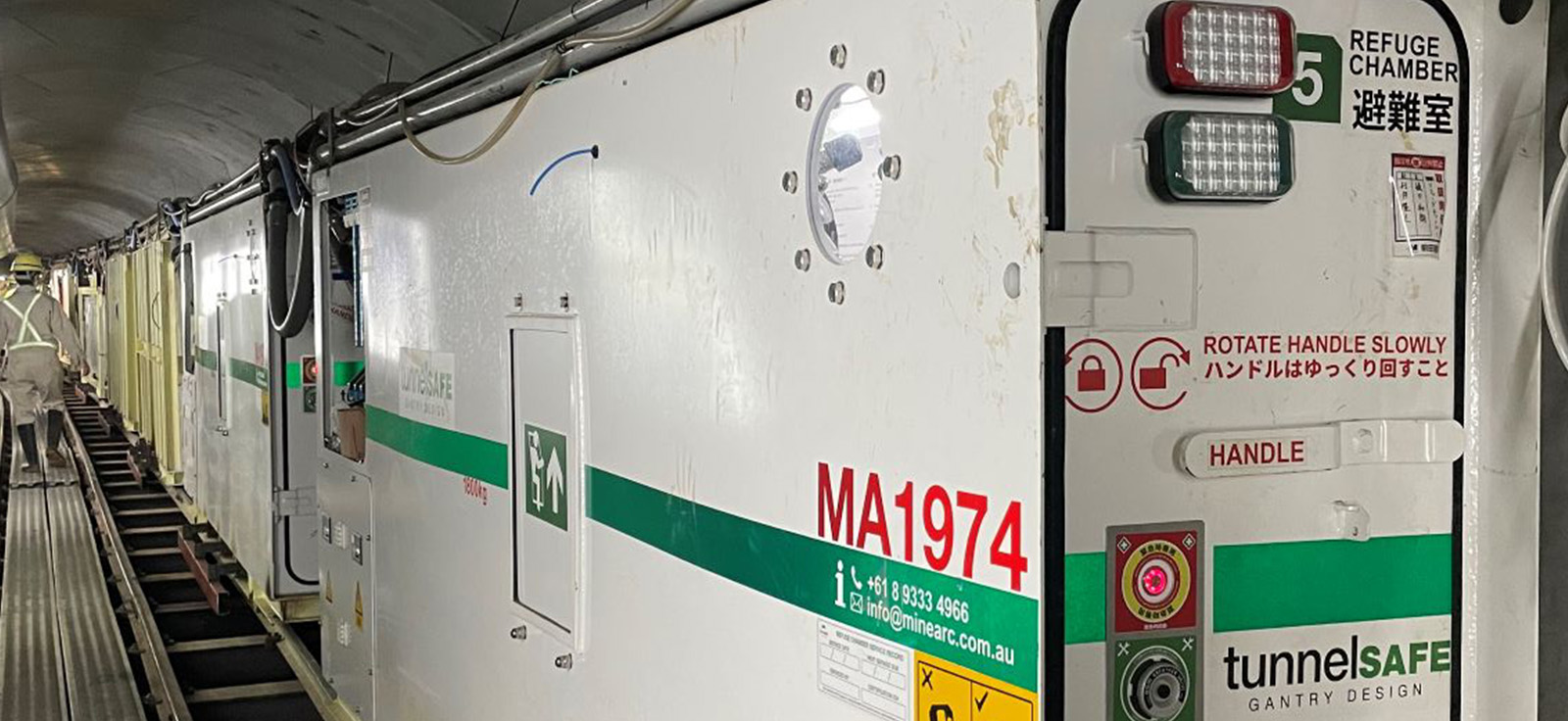Hydrogen Sulfide is a naturally occurring chemical that can be produced by bacteria in low oxygen environments. H2S is a colorless, sweet-tasting, poisonous gas with a pungent rotten egg odor. Hydrogen Sulfide is often referred to as stinkdamp due to its pungent smell. It is utilized in many industries around the globe, despite its extremely hazardous nature.
Due to the high levels of flammability and toxicity, work personnel must be aware of the many health risks and safety precautions they must take when working with or around hydrogen sulfide.
Hydrogen Sulfide Chemical Properties
CAS Number: 7783-06-4
Chemical Compound: H2S
Other names: hydrogen sulfide, hydrosulfuric acid, sulfane, dihydrogen sulfide, stink damp
Chemical Properties
Molecular weight: 34.1 g/mol
Boiling point: -77˚F/60˚C
Melting point: -121˚F/-85.4˚C
Relative vapor density (air = 1): 1.19
Auto-ignition temperature: 518˚F/270˚C
H2S can be dissolved in both water or oil. When the liquid is heated, depressurized or agitated, fumes can be accidentally released in the air.
Hydrogen sulfide gas is 19% heavier than air and travels more effortlessly along the ground; settling into low areas with poor ventilation. This can create a toxic and dangerous situation if personnel were to enter areas where gas may be present.
Utilizing MineARC’s air quality management products can closely monitor gas levels to ensure the safety of workers during an emergency.
Hydrogen Sulphide - Health Effects
The health effects of H2S depend on four variables: time, concentration, frequency, and health of the individual. The side effects from low levels of hydrogen sulfide can irritate your eyes, nose, throat, and respiratory system. These effects can be delayed for several hours to even days after the onset of exposure.
Moderate exposure can cause severe eye and respiratory irritation, headaches, dizziness, nausea, and vomiting. As exposure becomes more intensified, it will attack the nervous system. Higher levels of exposure can cause anoxia, the absence of oxygen in the arterial blood and tissues, paralysis of the respiratory system, rapid unconsciousness, coma, and death.
| EFFECT TIME | PPM |
| Odor threshold – rotten egg smell | 0.01-1.5 |
| Possible fatigue, loss of appetite, headache, irritability, poor memory, dizziness. Intense odor. | 20-30 |
| Mild irritation – eyes throat – 1 Hour | 50-100 |
| Loss of smell (olfactory fatigue or paralysis) | 100-150 |
| Significant irritation. Marked conjunctivitis & respiratory tract – 1 hour. Pulmonary edema may occur from prolonged exposure – 48 hours. | 200-300 |
| Staggering, unconsciousness in 5 minutes. Serious eye damage, 30 minutes. Death 30-60 minutes | 500-700 |
| Rapid unconsciousness, knockdown, or immediate collapse after 1-2 breaths. Breathing stops. Death in minutes. | 700-1000 |
| Nearly instant death | >1000 |
The general industry ceiling limit for exposure limits in the United States are as follows:
– NIOSH (RELs) is 10 ppm (15mg/m³)
– OSHA (PELs) is 20 ppm to 50 ppm with 10-minute max peak.
Acute Exposure Level Guidelines of chemical concentration set by the Environmental Protection Agency provides emergency responders with a clear reference tool when dealing with an accidental release of H2S.
| 10 min | 30 min | 60 min | 4 hr | 8 hr | |
| AEGL 1 | 0.75 ppm | 0.60 ppm | 0.51 ppm | 0.36 ppm | 0.33 ppm |
| AEGL 2 | 41 ppm | 32 ppm | 27 ppm | 20 ppm | 17 ppm |
| AEGL 3 | 76 ppm | 59 ppm | 50 ppm | 37 ppm | 31 ppm |
AEGL 1 – Airborne concentration of a substance at which an individual could experience notable discomfort, irritation, or certain asymptomatic non-sensory effects.
AEGL 2 – Airborne concentration of a substance at which an individual could experience serious, long-lasting effects or an impaired ability to escape.
AEGL 3 – Airborne concentration of a substance at which the individual could experience life-threatening health effects or death.
Source: Environment Protection Agency
Hydrogen Sulphide - Safety Hazards
Hydrogen Sulfide is a highly flammable explosive gas that can cause life-ending situations if not properly handled. When burning H2S there’s a high possibility of producing other toxic gases and vapors such as sulfur dioxide, another highly toxic gas. The explosive rate of hydrogen sulfide in the air is 4.5 to 45.5%. This range is much higher than the permissible exposure limit (PEL).
The liquid form of hydrogen sulfide can cause frostbite. If clothing becomes exposed to the liquid, it should be removed immediately and isolated, avoiding all sources of ignition. Clothing must be left until all liquid has evaporated.
OSHA requires strict precautions for workers at all times when working in confined spaces. Per OSHA’s guidelines, ventilation should operate continuously. It is imperative to train your personnel on hazardous chemicals and gases, establish proper rescue procedures, and employers must provide proper respiratory protection equipment and other PPE such as eye protection and fire-resistant clothing to all personnel.
Gas Detection Equipment for Enclosed Environments
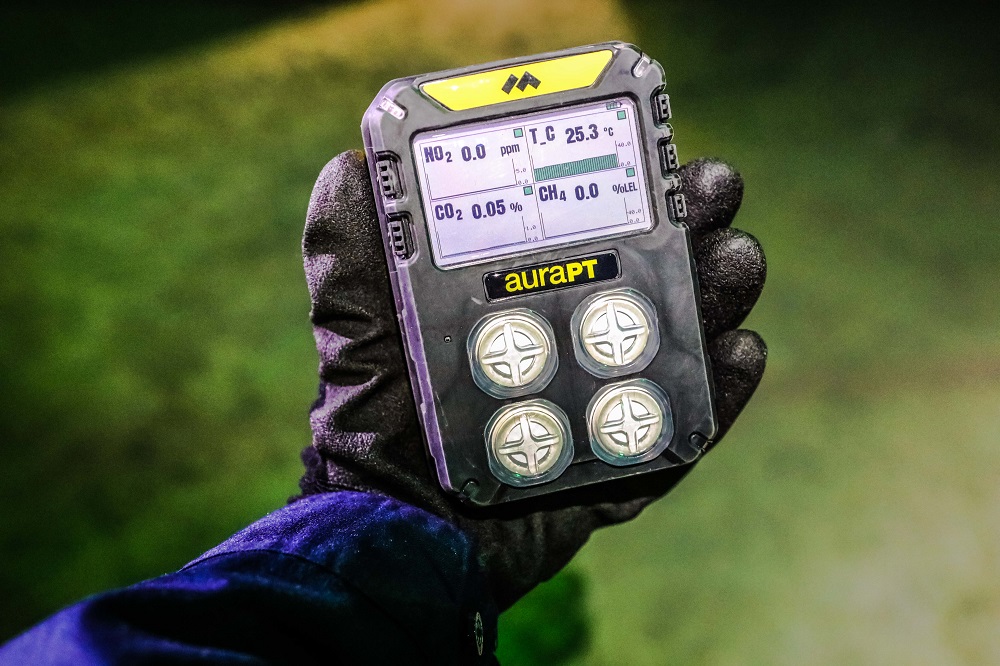
It is necessary to monitor the air quality when personnel are working in a space that contains hydrogen sulfide. Gas detection equipment can ensure the safety of personnel and compliance in confined spaces. H2S can be detected by its potent smell when concentrations are as low as 1 ppm.
MineARC has a variety of gas monitors, such as the Aura-PT Handheld Gas Detector and the Aura-FX Fixed Gas Monitor.
The Aura-PT is a digital handheld gas detector that can continuously monitor H2S levels to ensure they remain within a safe range (below 10 ppm). The monitor utilizes an electrochemical gas sensor which measures the concentration of H2S by oxidizing at an electrode then measures the resulting current. The sensor has a range from 0-50 ppm.
The Aura-FX Digital Gas Monitor assists in maintaining a life-supporting atmosphere within a refuge chamber. This device closely monitors and alerts occupants when levels change so they can take corrective measures to maintain a stable environment until they are rescued or it becomes safe to leave the chamber.
Numerous gases associated with mining, tunnelling and underground construction are generalised into combustible, toxic and asphyxiate types. Because of the hazardous nature of these gases and the unique and restrictive structure of underground environments, these gases must be continuously monitored to mitigate risk.
Check out our other articles on hazardous gases including, carbon dioxide, carbon monoxide, and methane.


